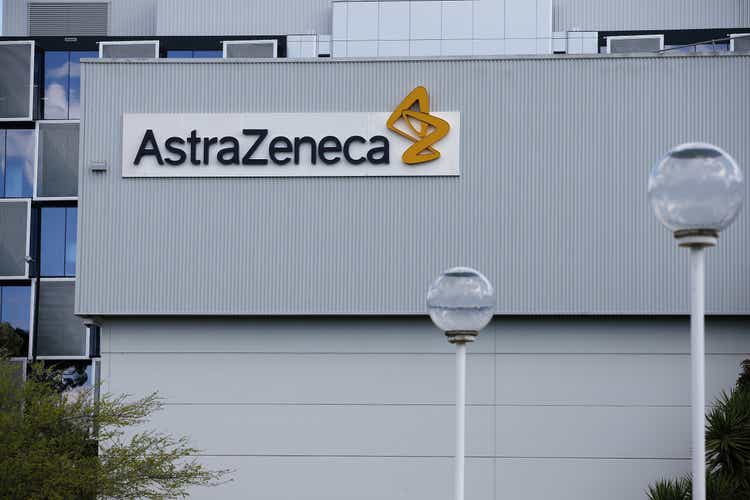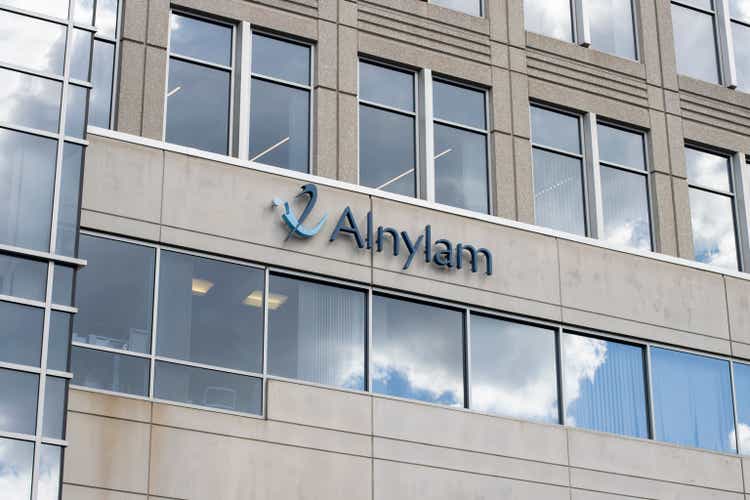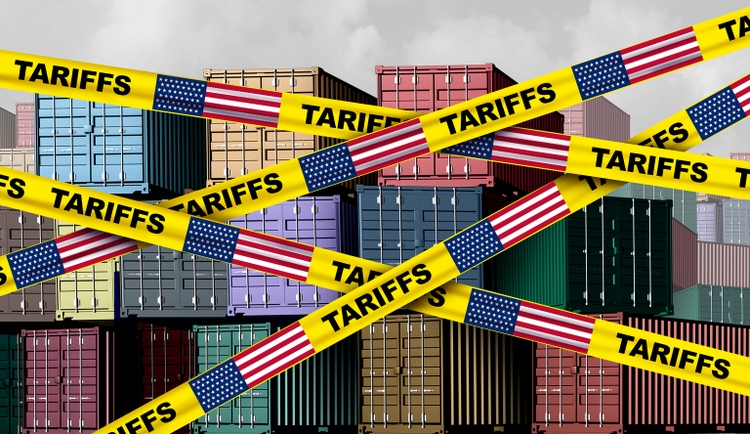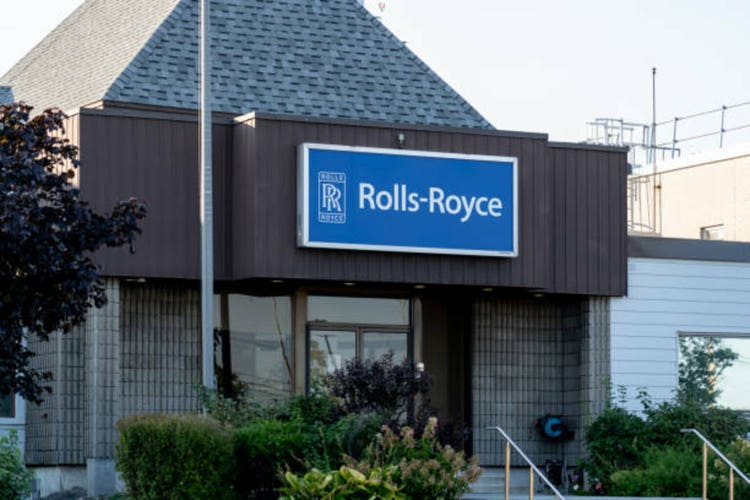Hindusthan National Glass & Industries Ltd’s corporate insolvency resolution process (CIRP) has emerged as one of the most prolonged and controversial episodes in the history of the country’s Insolvency and Bankruptcy Code (IBC), which came into existence in 2016 to offer a consolidated and time-bound process for the resolution of insolvency and bankruptcy cases.
Initiated on October 21, 2021, upon the application of DBS Bank under Section 7 of the IBC, the process has long overshot its statutory limit of 330 days. Nearly four years later, the case continues to languish in litigation, exposing serious weaknesses in the IBC’s implementation, the accountability of insolvency professionals, and the oversight mechanisms of regulators and courts.
At the centre of this controversy lies the conduct of the resolution professional (RP), Girish Sriram Juneja, and the questionable role of the Committee of Creditors (CoC). Together, their actions have triggered interventions by the Supreme Court, the National Company Law Tribunal (NCLT), the National Company Law Appellate Tribunal (NCLAT), and the Insolvency and Bankruptcy Board of India (IBBI), making the HNGIL matter a potential watershed in Indian insolvency jurisprudence.
A Turning Point: RP’s suspension
A decisive moment in the case came on January 28, 2025, when the Insolvency and Bankruptcy Board of India (IBBI) initiated disciplinary proceedings against Juneja.
By operation of Bye-law 23A of the IBBI Model Bye-laws, this automatically suspended his Authorisation for Assignment (AFA). Judicial precedent had already clarified the effect of such suspension: in CA V Venkata Sivakumar (Madras High Court, 2024), the court held that suspension of an AFA is automatic and bars an insolvency professional from continuing in office.
By this principle, Juneja should have immediately stepped aside. Yet, he continued to function as RP -- convening CoC meetings, supervising voting, and even authorising issuance of a Letter of Intent (LOI).
This raises a few fundamental questions, like ‘can a suspended professional legally carry out statutory functions?’ and if not, ‘what is the validity of every decision taken under his watch post-suspension?’
The NCLAT added fuel to the fire when it allowed Juneja to continue, reasoning that suspension only bars “future assignments”. This interpretation is widely criticised as contrary to the language of Bye-law 23A and inconsistent with earlier rulings. The matter has now reached the Supreme Court, where its final ruling will likely set binding precedent.
A record of irregularities
The RP’s suspension was not the beginning of controversy, but rather its culmination.
The CIRP had already been plagued with irregularities:
- Non-compliance with competition law: Resolution plans were entertained without mandatory prior approval from the Competition Commission of India (CCI), in violation of Section 31(4) of the IBC.
- Unlawful changes to RFRP: The Request for Resolution Plans (RFRP) was amended to permit post-facto approvals.
- Misleading disclosures: Incorrect declarations were made in Form H, raising questions on transparency.
- Failure to preserve going concern value: Despite available funds, furnace repairs were neglected, cutting production by 30%.
- Corporate governance failures: The company suffered repeated shutdowns, culminating in a devastating fire at the Sinnar plant. At least three FIRs were lodged, covering negligence, fire safety lapses, and other violations.
- Return of bank guarantees: In perhaps the most startling move, performance bank guarantees worth ₹721 crore were returned to AGI Greenpac, despite mandatory forfeiture provisions under the RFRP and earlier Supreme Court rulings.
These actions not only undermined the value of the corporate debtor but also raised suspicions of collusion between the RP and the CoC.
CoC’s complicity
The role of the CoC has been equally contentious. Despite repeated red flags from regulators and courts, the creditors failed to act against the RP after his suspension. On the contrary, the CoC actively supported his continuance, passed resolutions under his oversight, and resisted directions for his removal.
Such behaviour raises a serious question: can CoC members, who are fiduciaries of public money, be held liable for enabling an ineligible RP to function? If the Supreme Court rules that Juneja’s post-suspension actions were void, the CoC’s complicity could open them up to charges of collusion and breach of trust.
The INSCO Plan: A contested approval
The latest chapter in this saga revolves around the resolution plan submitted by Independent Sugar Corporation Ltd. (INSCO). On August 14, 2025, the NCLT Kolkata Special Bench approved INSCO’s revised plan dated June 8, 2025, which had secured 96.16 per cent CoC approval.
The order highlighted the structured financial package, upfront and deferred payments, CIRP cost prioritisation, and compliance certifications provided by the RP.
However, operational creditors mounted a strong challenge, citing material concealments. A letter, dated June 30, 2025, from INSCO revealed that insurance reimbursement for rebuilding the fire-damaged Sinnar plant was conditional on strict deadlines for issuing purchase orders -- deadlines which were missed. This cast doubt on the plan’s financial viability.
Moreover, minutes of the 42nd CoC meeting, held on July 14, 2025, revealed that the plan was contingent and conditional, facts that were not disclosed earlier. Critics argue that this non-disclosure violated both statutory obligations and fiduciary duties of the RP and CoC.
Parallelly, another interlocutory application by Soneko Marketing Pvt. Ltd. sought to stay the plan’s implementation, but the NCLT rejected the plea, citing respect for the CoC’s commercial wisdom.
Supreme Court’s Role: The AGI Greenpac precedent
The Supreme Court has already played a pivotal role in shaping the HNGIL process. In its January 29, 2025, judgment, it set aside the CoC’s earlier approval of AGI Greenpac’s plan for lacking prior CCI clearance. The top court restored the status quo ante, reaffirmed the mandatory nature of CCI approvals, and reiterated the limited scope of judicial review over CoC’s commercial wisdom.
Subsequent review petitions were dismissed in May 2025, further cementing this position. This ruling now looms large over the INSCO plan, as its financial viability depends on conditions that may not withstand judicial scrutiny.
Systemic fault lines exposed
The HNGIL case has brought several systemic issues to the forefront:
- Lacuna in AFA suspension rules: Allowing suspended professionals to continue undermines the IBBI’s disciplinary authority
- Weak accountability of CoC: Creditors acted in collusion or complacency, failing to protect value
- Regulatory and judicial delays: Long timelines erode the debtor’s going-concern value and shrink creditor recoveries
- Suppression of material facts: Late disclosures and contingent plans raise questions of good faith and compliance
What next?
The matter is now before the Supreme Court, which faces stark questions:
- Does suspension of an RP’s AFA automatically terminate his role, even in ongoing assignments?
- Are acts carried out during suspension void ab initio?
- Can CoC members be held liable for enabling illegality?
- How should courts balance “commercial wisdom” with statutory compliance?
The answers will determine not only the fate of HNGIL but also the future credibility of the IBC.
The larger picture
For operational creditors, delays have meant shrinking recoveries. For the corporate debtor, value and reputation have been severely eroded. For financial creditors, exposure to liability for collusion now looms. Most importantly, confidence in India’s bankruptcy framework has been shaken.
The HNGIL saga demonstrates the urgent need for reforms:
- Automatic substitution of RPs upon suspension of AFA
- Time-bound disciplinary proceedings by IBBI
- Clear liability standards for CoC members with a strong Code of Conduct formulated and notified by IBBI/MCA
- Stronger disclosure norms to prevent concealment of material facts
As the Supreme Court prepares to pronounce on these issues, the HNGIL case may well become the defining test of whether the IBC can deliver on its promise of a swift, transparent, and credible insolvency regime.

 9 hours ago
1
9 hours ago
1






















 English (US) ·
English (US) ·